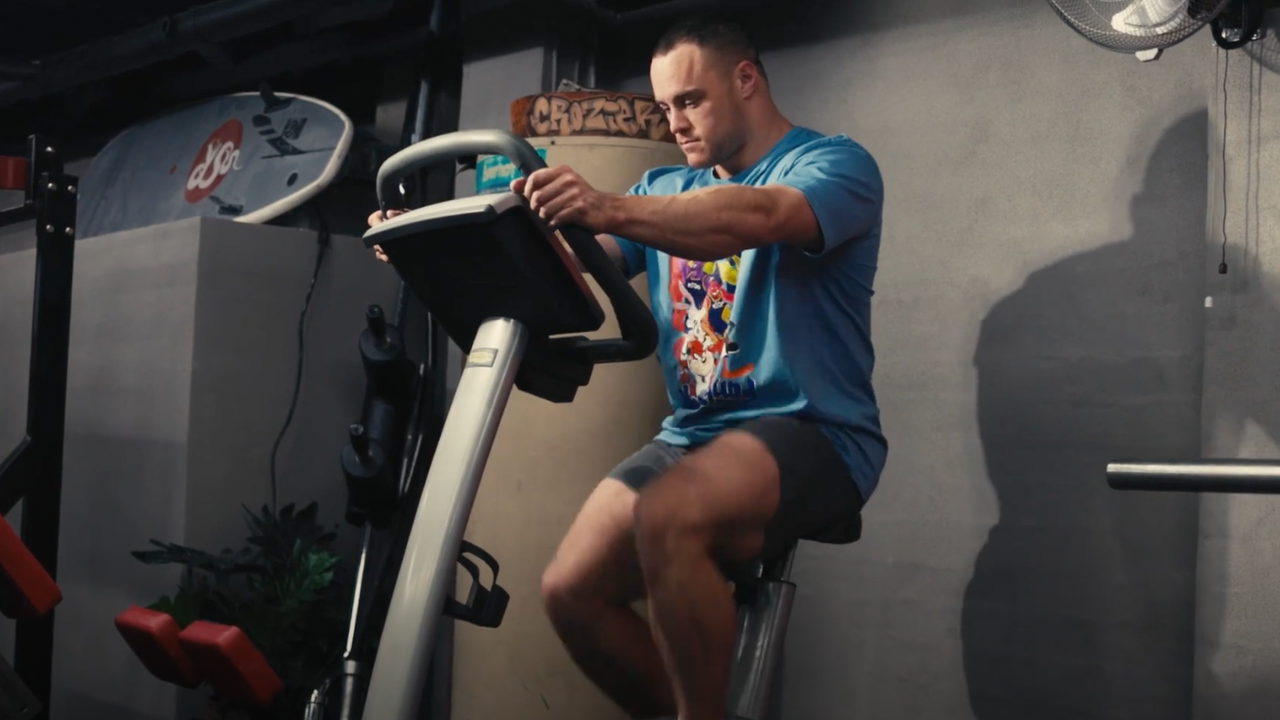Cardio for strength athletes

Conditioning for strength athletes
Depending on who you ask - this can be a controversial topic. But in reality, it’s really simple. But before we get into exactly what you should, and shouldn’t be doing, let’s take a step back and consider the bigger picture.
There’s a common misconception about what ‘conditioning’ actually is. Most people seem to think that it’s as simple as conditioning = cardio. For example, a strength and conditioning coach gets people strong and fit. This isn’t wrong, just incomplete.
Conditioning and fitness are not the same thing.
Cardiovascular fitness is a health related component of physical fitness, and is characterised by our ability to deliver oxygen to working muscle, essentially it’s how well our heart can pump oxygenated blood to meet demands of exercise. Improving cardiovascular fitness is obviously advantageous for a lot of sports. But, is it directly advantageous for strength sports?
Conditioning is not just being fit. Conditioning is being prepared to meet the demands of a sport or activity. An athlete can be extremely fit, but poorly conditioned to the task at hand. If we consider what conditioning might mean for a marathon runner, it’s going to look quite different for a powerlifter or strongman, or even bodybuilder. Conditioning incorporates the physical qualities required, familiarity with the environment and overall readiness to perform.
To put it simply, fitness is general, conditioning is specific. Now, for a lot of people there’s going to be some overlap between the two, but they are not the same.
So, for strength athletes what does being conditioned look like? Quite simply it requires you to be able to exert large amounts of force for relatively short periods of time, and to execute a particular skill while doing so. So, the question becomes how do we tackle the conditioning demands of strength sports, and is there a place for cardiovascular fitness.
The short answer is to train specific to the sport (obvious, I know) but this is where exposure to high loads close to competition serves a clear purpose - yes it’s skill, but more so it’s conditioning for the impending competition environment. In the case of strongman it might be performing specific competition events in a prep, and in bodybuilding the art of posing certainly falls under conditioning. Where then, does cardiovascular fitness fit in?
To put it simply, it keeps you healthy. The evidence here is pretty undeniable, regular aerobic exercise lowers your resting blood pressure, your resting heart rate and lowers your risk of a multitude of health conditions. In short, it’s good for you. But does it have a place outside of just ‘do it for health’?
Yes.
Improving your cardiovascular fitness can have a tremendous impact on your overall ability to train. Recovery can be improved, both in between sets, and in between workouts themselves. Being able to regenerate ATP and supply blood to muscles faster is rarely a bad thing. Sure - there may be a point of diminishing return, but I can tell you I’m yet to meet a strength athlete who was ‘too strong’ for their sport!
So - what type of cardiovascular exercise should strength athletes perform?
Low intensity aerobic work. Every. Single. Time.
What’s that? HIIT circuits aren’t better? No, they’re not.
Consider what we’re trying to achieve? Your high intensity training occurs every time you lift, there is no need for us to try and develop anaerobic pathways any more than that for strength athletes. Doing true HIIT style training at something like 15:60 serves no additional benefit, so why would you do it? The best form of aerobic training a strength athlete can do is going to be moderate intensity, moderate duration, and low impact.
Circuits of box jumps and swings look great on instagram, but are also more taxing on the body as a whole, and we want to save our recovery capabilities for our specific training. I start by recommending off-legs cardio - spin bike, rower, ski erg etc. As a general rule, I don’t recommend you run, the trade off is rarely worth it.
Protocol 1 - work for 30 minutes, keep your heart rate at 130-150bpm continually. If you don’t have a heart rate monitor, this is an intensity you can maintain a conversation at.
Protocol 2 - Aerobic intervals. Work for 30 seconds, rest for 15 seconds. Pick any exercise, or multiple exercises and rotate, once again accumulate 30 minutes of work.
Protocol 3 - Tempo Intervals, work slightly higher intensity for 15 seconds, rest for 45 seconds. If you’re going to run, this is how I suggest you run rather than long distance.
If you are a strength athlete interested in staying healthy, and maintaining a level of aerobic fitness - do what you’re NOT currently doing, don’t do more of what you’re already doing and call it cardio, you know it isn’t.. surely?

